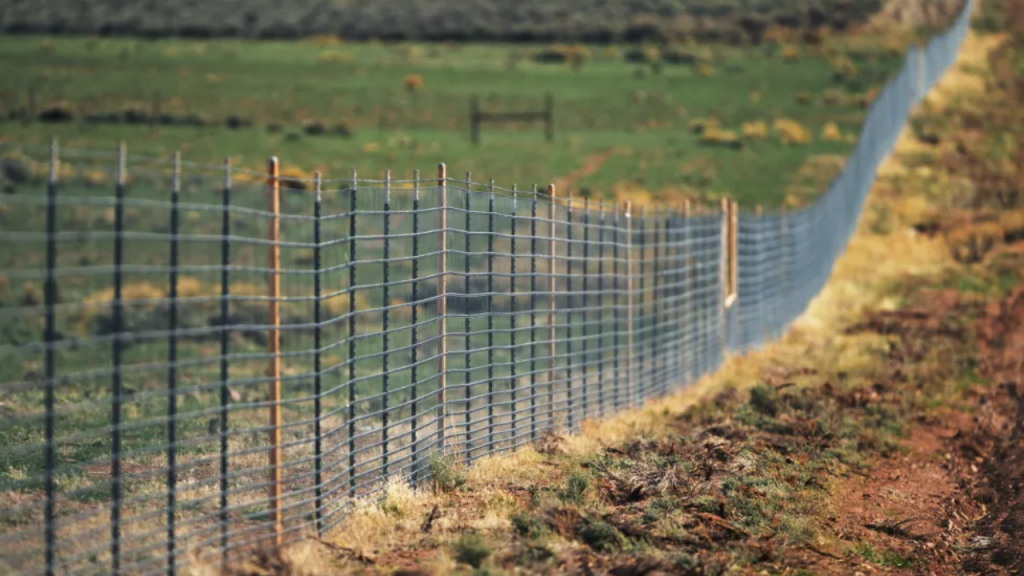
The scenic San Luis Valley of Colorado, a legal and cultural conflict over a massive fence surrounding a billionaire’s ranch has led to new state legislation and stirred strong community reactions. The dispute centers around the Cielo Vista Ranch, a sprawling property owned by Texas billionaire William Harrison. The ranch, located in the Sangre de Cristo Mountains, covers more than 100 square miles and sits within a historic land grant that dates back to 1844.
The land grant, known as the Sangre de Cristo Land Grant, provides descendants of early Mexican settlers with communal rights to the land. These rights include gathering firewood, grazing livestock, and continuing traditional practices passed down for generations. When Harrison purchased the ranch in 2017, he began erecting an 8-foot-high wire fence. His stated reason was to prevent trespassing and to contain his growing bison herd. However, this fence quickly became a flashpoint of contention.
Local Communities Voice Strong Opposition
Many local residents view the fence as a direct violation of their ancestral rights. The high, closely spaced fence limits access to public and communal areas, disrupting traditional land uses that have existed for more than a century. Residents argue that the fence blocks wildlife migration paths, causing ecological damage to the area. Furthermore, the construction process has led to erosion and sediment runoff, impacting nearby communities and their environment.
Costilla County officials responded by seeking legal action, which led to a court-ordered pause on the fence’s construction in early 2023. The case is scheduled for trial later this year, raising important questions about land use, property rights, and cultural heritage.
State Government Steps In
As tensions escalated, Colorado Attorney General Phil Weiser visited the San Luis Valley to meet with concerned residents and local officials. Weiser emphasized the state’s commitment to balancing private property rights with the protection of community access and environmental preservation. His visit highlighted the broader significance of the conflict beyond just one fence or one ranch.
In response to the ongoing dispute, Colorado lawmakers passed a new law in May 2025 giving local governments more power to regulate large fencing projects in the Sangre de Cristo Land Grant area. Under this law, property owners must obtain approval from local authorities before building fences taller than five feet and longer than one mile.
New Law Balances Private Property and Community Rights
The new legislation is designed to preserve the unique cultural and historical aspects of the region while recognizing landowners’ rights. State Representative Matthew Martinez, a bill sponsor, described the law as a crucial step in protecting traditional practices and preventing future conflicts over land access.
This law sets a precedent in Colorado for how rural communities and private landowners can coexist while respecting each other’s interests. It represents a shift toward greater local control over land management and acknowledges the importance of preserving historic land rights for indigenous and local communities.
Broader Implications for Land Use and Environmental Protection
The situation in the San Luis Valley is an example of the larger challenges facing rural areas in the western United States. Conflicts often arise when large landholdings intersect with long-standing community rights and environmental concerns. This case is being closely watched by legal experts, environmentalists, and land rights advocates nationwide.
As the legal battle continues in court, the outcome will likely influence how land disputes are handled in Colorado and possibly in other states with similar historical land arrangements.
